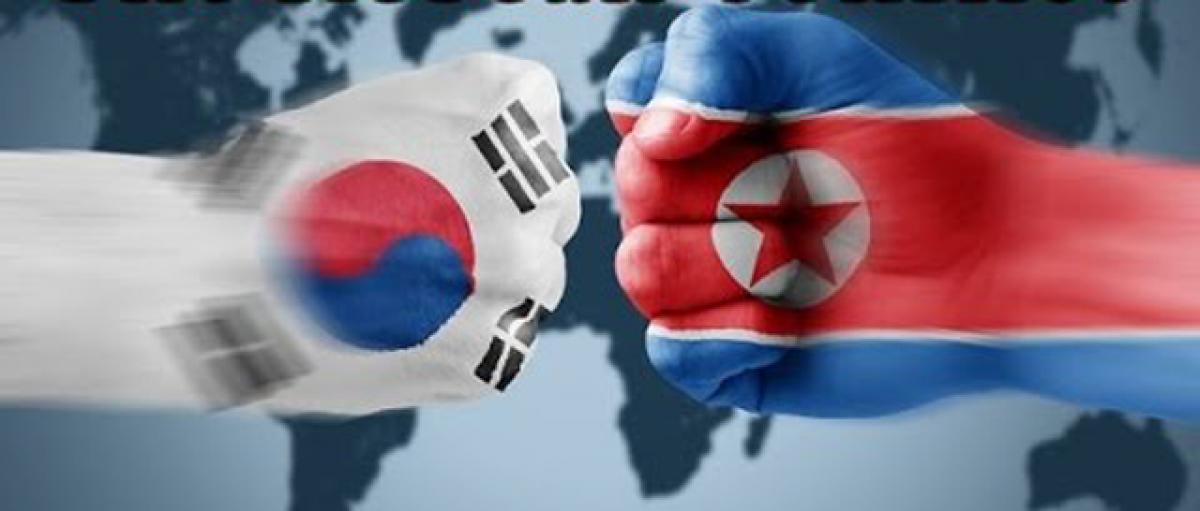Live
- In Kerala rally, Rajnath Singh takes dig at Cong’s ‘Rahulyaan’, hurls ‘migration’ charge
- New Zealand to double renewable energy capacity to reduce emissions
- Mamata blames EC for Ram Navami clashes at Murshidabad
- Trinamool files complaint with EC against Bengal Governor
- No major casualties reported after 6.6-magnitude quake hits Japan
- BJP’s Aruna, Rajender file nomination papers in Telangana
- Fijian Deputy PM expresses concern over skilled labour shortage
- Ludhiana court awards death penalty to woman for burying alive toddler
- Uniqus Consultech raises funds from Nexus Ventures, other investors
- As BJP hopes to retain Vadodara, Congress determined to give a fight









